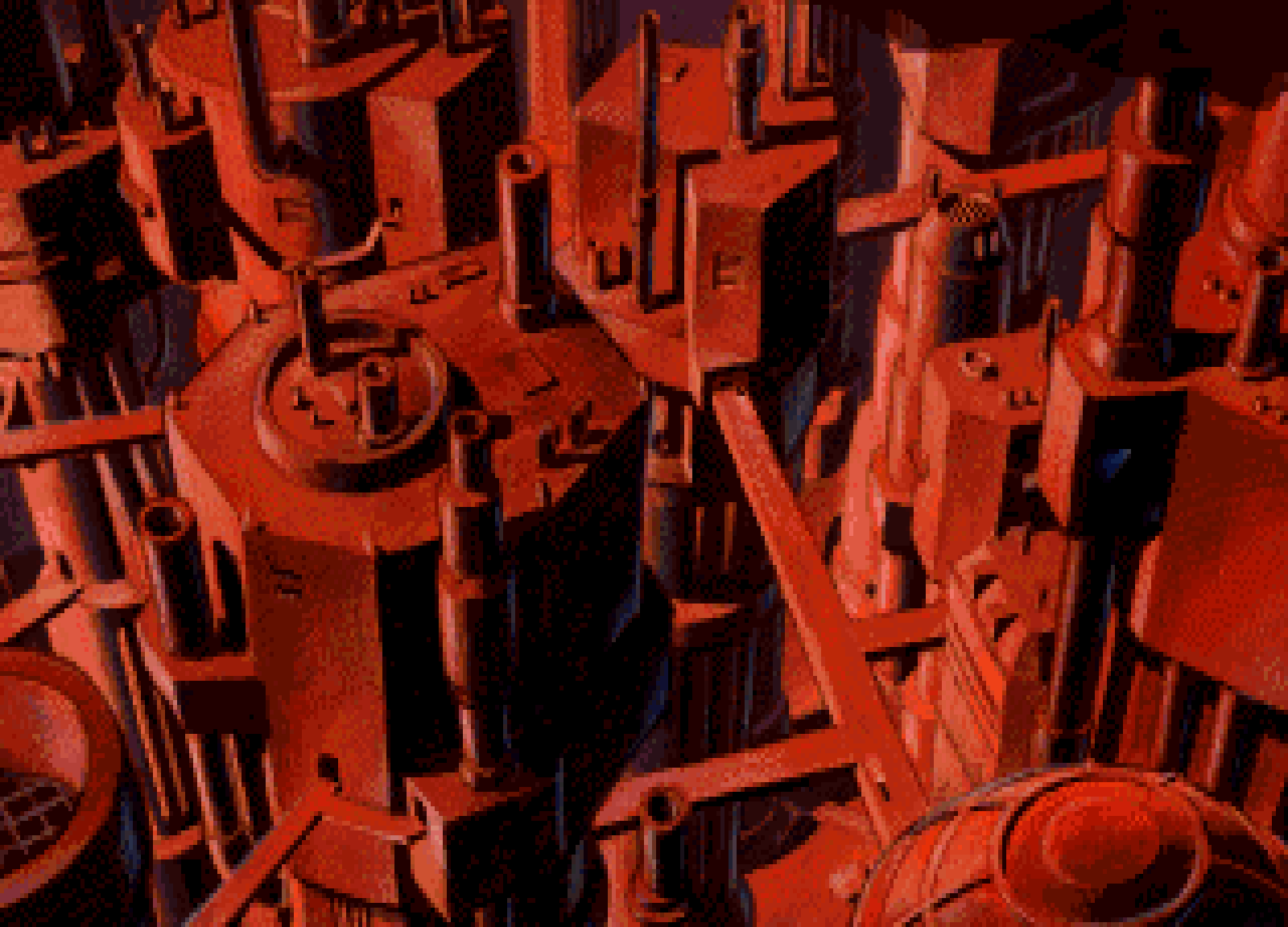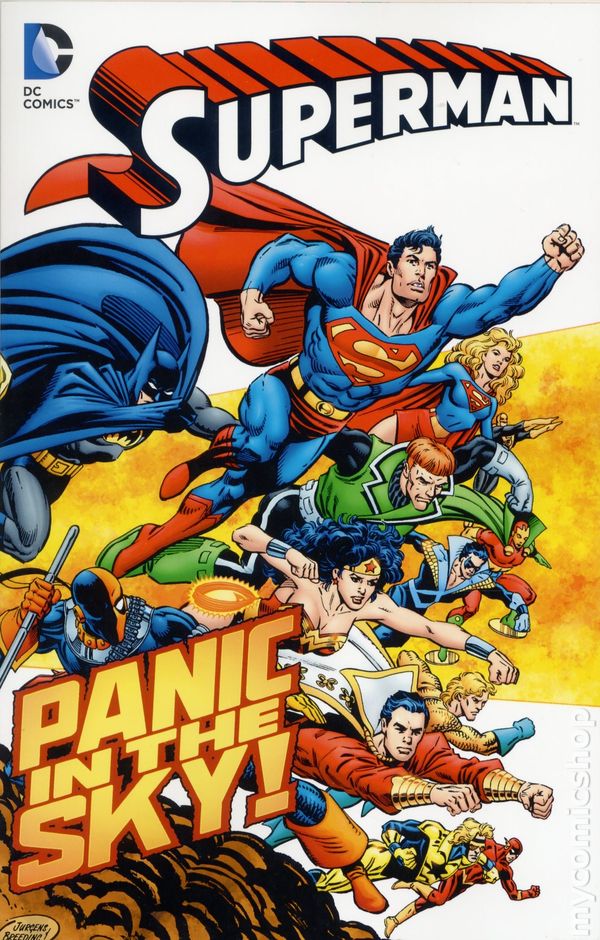
_01.png)
“The big change came when someone from Apple called,” says Cecil, brightening considerably. …FROM APPLE SEEDS GROW Charles Cecil at the launch of Apple Arcade in Cupertino “We were seen as producing games that were off in this genre that was going to die and nobody was interested… Revolution in 2005 was effectively bankrupt.” But of course, in true adventure game style, a solution came along. It made no sense whatsoever.”ĭespite some early success on PlayStation, the adventure genre was seen as being increasingly niche. Because we never recouped, we made a £200,000 loss which we carried forward. And if you do the maths, they made between $3 and $4 million profit. The publisher THQ reported that they had received $10 million from sales. “Because we were being paid in dollars and the dollar plunged midway through development, we actually had to take a bank overdraft of several hundred thousand pounds to finish the game. With Broken Sword 3 things came to a head.

And unlike today, we had no direct relationship with our community.”

BENEATH A STEEL SKY COMIC PC
From that perspective, the PC was dead because retailers were taking fewer and fewer copies. PC was languishing, boxes were all different sizes and a bit moth eaten. And they were becoming more and more focused towards PlayStation. And in many ways, it was correct.”Īs the console boom rolled on, “the retailer had to choose their portfolio. There was a sense that there was nowhere to go. And that the adventure as a genre was even deader. At the end of the 90s the publishers were saying ‘the PC is dead’. While Cecil first cut his teeth on the ZX81, by the beginning of Revolution, the cost of developing a game had risen steeply, “from one or two hundred pounds to ten or twenty thousand pounds, which was way beyond our means. PUBLISHING WOES Dave Gibbons’ original artwork from the comic book that accompanied Beneath a Steel Sky And while a sequel was considered, the Broken Sword franchise took precedence at Revolution, as changes in the publishing business threatened the adventure genre as a whole. We did have a modem, though, a 56k modem – our current one gig line is 20,000 times faster than that!” But despite such issues, the game was a huge success, both critically and commercially. “We were using faxes, of course in those days. With the train journey up being a pain, the latest in communications technology was employed. So Dave drew the backgrounds in pencil, and an artist called Les Pace would paint them, we would scan them in and then animate those pixels.” What we wanted to do was to create this interactive comic book feel.

And we’d actually, incredibly, serendipitously, managed to recruit people locally who were extraordinary sprite artists. And that allowed him to create sprites himself. “That was the beginnings of Revolution.”Īnd so in their snug new office, and with one of the greatest comic book artists of his generation contented by a bacon butty, the team went to work on Beneath a Steel Sky.
BENEATH A STEEL SKY COMIC UPGRADE
The office above the arcade was actually a huge upgrade on their previous place, which was freezing cold, with a gas heater that gave out fumes, so you had to balance freezing with choking. “Revolution, at that point, was absolutely penniless,” Cecil stresses. Just one of the reasons for its cult status was the involvement of Dave Gibbons, who in the post- Watchmen early nineties, was among the most feted comic book creators in the world, having already built a fanbase as one the most prolific artists in the early days of 2000AD.Ĭecil and Gibbons had met when Cecil was at Activision and was trying to hunt down the game rights to Watchmen, Gibbon’s didn’t have them but the two got on and years later decided to collaborate. And since then Beneath has become a cult classic, enjoyed by waves of fans since, who stumbled upon it in varying ways, more on that later. The game was a commercial and critical hit in the heyday of adventure games, with Revolution’s title being every bit the equal of Lucasarts’ and Sierra’s efforts – no mean feat. While Revolution had earlier games, and is of course best known for its Broken Sword series, it is 1994’s Beneath a Steel Sky that starts a perfect story arc, not only of this tale, but of the huge changes in games publishing across the last two decades. We look at the new title, the journey its predecessor took to cult classic status, and how (appropriately) after almost giving up on the genre in frustration, Revolution found a solution in an unexpected place.īENEATH A STEEL SKY Charles Cecil (left) and Dave Gibbons working on Beneath a Steel Sky. Now, 25 years after Beneath a Steel Sky, Revolution and Gibbons have once again collaborated, with the release of Beyond a Steel Sky.


 0 kommentar(er)
0 kommentar(er)
